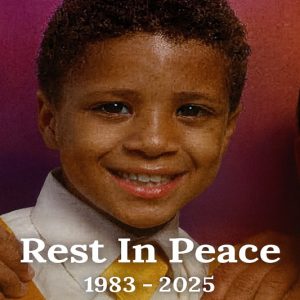Before he became one of the most iconic action stars on the planet, this young boy led a life that many would never associate with high kicks, split jumps, and Hollywood fame. As a child, he was more delicate than daring, often bruised and overlooked among more physically imposing classmates.
Rather than competing in playground roughhousing, he found his sanctuary in places few others his age appreciated—quiet ballet studios and the emotional swell of classical music. He wasn’t chasing applause at the time—he was chasing focus, discipline, and self-worth.
By the age of ten, he was already immersed in the structured world of classical ballet, a choice that raised more than a few eyebrows among his peers. Yet he didn’t flinch. Ballet wasn’t just a hobby—it was a personal challenge, one that tested his endurance, balance, mental sharpness, and commitment in ways that later translated flawlessly into martial arts. He trained for five grueling years, mastering control over every movement, every breath, and every fiber of his being. His dedication was so profound that it caught the attention of the Paris Opera, which invited him to perform—a rare and prestigious recognition, especially for a boy who had begun his journey as the weakest in the room.
But ballet wasn’t his only passion. From an early age, he also gravitated toward classical music. While other kids might have been listening to rock or disco, he found inspiration in the depth and complexity of composers like Ludwig van Beethoven. He often spoke about how the emotional intensity of Beethoven’s symphonies mirrored the battles he fought within himself—against self-doubt, ridicule, and insecurity. Music was his anchor, helping him visualize triumph through struggle. It gave him rhythm, patience, and an unshakeable sense of timing—qualities that would later define his onscreen fight choreography.






